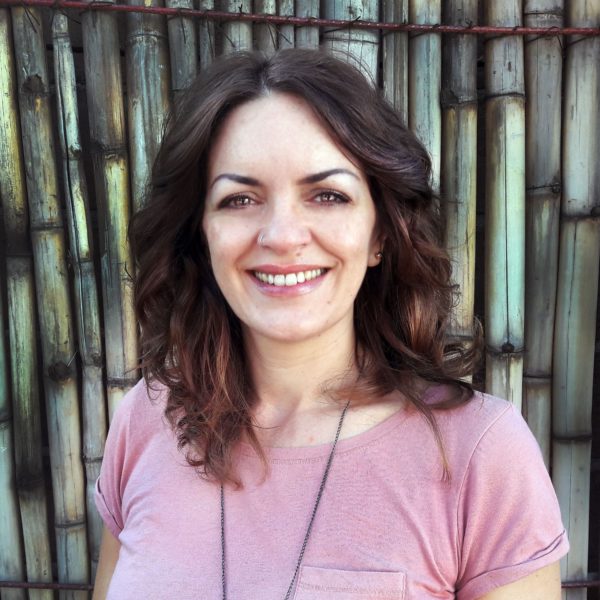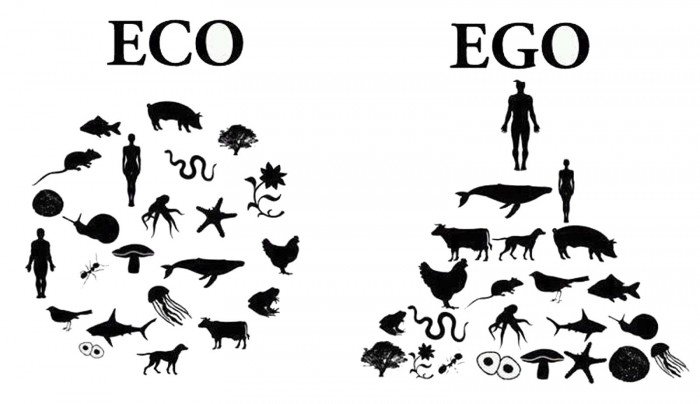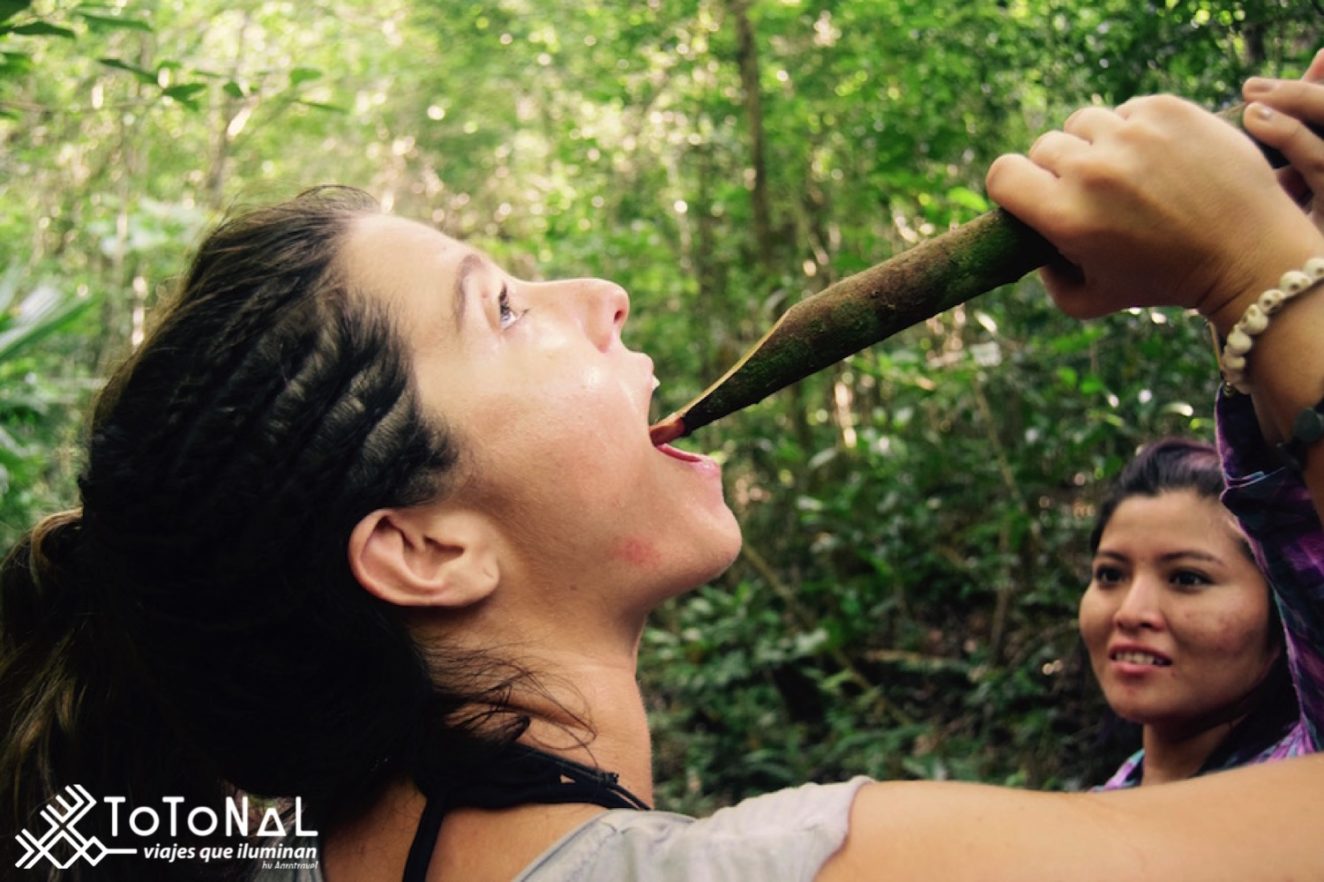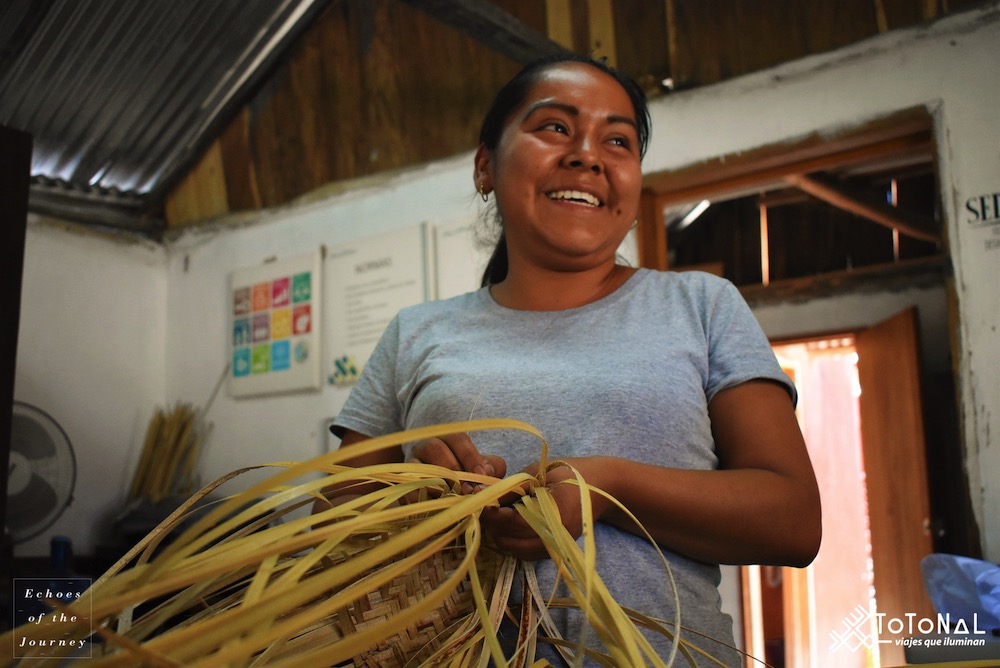Articles
Regenerative tourism as a new paradigm: Interview with Sonia Teruel

Echoes of the Journey: Nowadays we hear more and more frequently discussions about regeneration, but the word is not always used conscientiously and everyone seems to interpret it in their own way. Can you tell us what regenerative development is all about?
Sonia Teruel: First of all, it is important to emphasize that it is not a new concept, but already in the 1930s, system thinking and the interrelationships between living systems were discussed. More recently, in the 1990s, landscape architect John Tillman Lyle applied it to the design of cities and entire landscapes. In 1995, the American organization Regenesis Group, proposed the term regenerative development as an approach that tries to highlight the ability of living beings to co-evolve, so that our planet continues to express its potential for diversity, complexity and creativity.
To better understand it, among its principles, the following stand out:
- What we call the three relationships: man’s relationship with himself, with others and with the Earth. Developing these three relationships is paramount.
- Human’s co-evolution with the Earth: the deep understanding that the human being is an integral part of nature and we are allies of other living systems.
- The “sense of place”: Regeneration seeks to rediscover the place, paying attention to its particularities and diversification. In a cultural landscape co-created between the people and their environment, a very special union is created between a cultural group and its place.
- Convert society into community: In our society, we have lost our connection to the biorhythms of nature and we must create a meaningful purpose in our place that is relevant to everyone. This is something we are experiencing now with the COVID-19 crisis. It is very important to create community to generate solutions and acquire a commitment that is sustained over time.
- The “wholeness thinking”: It is an integrative vision that makes us understand how natural systems interact and relate both to humans and to the systems built by us. There is no isolated entity, everything is connected to other systems that support it and interact with it.
- Co-design and stakeholder engagement: where locals must actively participate and an alignment must be made between the history of the place, the deep purpose and aspirations of the residents on one side, and the purpose of the project on the other.

EJ: Could we say that regeneration is the new sustainability?
ST: I would say that regeneration goes beyond sustainability. Regeneration embraces sustainability and enhances it with an integrated approach and a more holistic view of the world. Therefore, it takes sustainability to a new understanding and adopts it from a different perspective.
Sustainability addresses generalized and planetary problems, limiting the intensity of the damage caused, but tries to solve those problems from the same mechanistic, and therefore limited, vision. Instead, regeneration involves creating alliances and improving the socio-ecological system that is particular to each place.
Regeneration develops the community’s sense of identity, instead of asking the community to adapt to the chosen approach, common practice in sustainability. While sustainability minimizes the impact to living support systems, regeneration builds the capacity of these support systems, necessary for future growth.
Something else to highlight is that in sustainability, we do not stop seeing man above nature, which comes from a western point of view of building new things and competition. Regeneration, however, focuses on building capacities, sharing and co-evolving with nature. Through regeneration, the well-being of society is not only maintained, but it is improved.

EJ: Another concept that we often hear is Circular economy. How is the circular economy related to regenerative development?
ST: Although I am not an expert on the subject, obviously circular economy is always brought up in these cases. In economic terms, the change from linear to circular economy is very positive, since circular economy seeks to keep products at their maximum utility without wasting them, through a positive development cycle. And of course, this promises environmental and economic benefits, but several authors seem to agree that, in practice, the old model continues to dominate. It is a complex concept and some of the consequences are the fall in the prices of basic products. The question many experts ask themselves is whether this circularity will reduce consumption and, on the other hand, if it will lead us to buy products based on what can be recycled, without thinking about the resources needed for it.
There is one more step, which is the regenerative economy. An economic system that regenerates capital goods, which are those that produce products and services that contribute to our well-being. It focuses on the planet and the goods and services it produces. It is a principle that involves a process of self-renewal, which allows socio-economic and ecological systems to constantly evolve.
In short, everyone in society has to embrace a complete paradigm shift and change our consumption habits. The same goes for these economic models. In a regenerative development, the coherent thing would be to introduce a system of regenerative economy.
EJ: How do these concepts and principles apply to regenerative tourism?
ST: Regenerative tourism has a systemic approach and seeks to facilitate a deep and transformative encounter, where the three relationships occur (human with himself, with others and with nature) and both locals and visitors are aligned with the rhythms of nature.
Humans must contribute to the improvement of the capacity of the socio-environmental systems that sustain life in the destination. Systems are not treated separately, but their connections and processes are understood and the place must always be designed according to the flows of nature.
Another point to consider is that, in regenerative tourism, in addition to the environmental, economic and socio-cultural aspects, the political and spiritual aspects of the destination are also introduced. It is imperative that all stakeholders are integrated into destination’s design to create its purpose (in harmony with that of its inhabitants), co-evolution with nature and systemic thinking. This will build the capacity of the systems (social and environmental) and allow a healthy growth in the long term.
Importantly, it is an evolutionary and dynamic understanding and it is based on co-design, collaboration and collective intelligence.

EJ: What should we take into consideration to design a regenerative tourism experience? Can you give us a specific example?
ST: To begin with, an experience must be co-designed with the host community; it must be in total harmony with its deep purpose and its sense of place. Identity, relationships, processes and resources (levels of living systems and organizations) are worked on, through an approach that involves thinking, feeling and doing. There cannot be one without the other and they constantly feed on each other.
In a regenerative experience, the rhythm of the visitor must slow down and generate spaces where the three relationships which I mentioned before occur: the traveler with himself, with the other (the host and perhaps other travelers) and the Earth. It must be facilitated so that the person considers itself part of nature and reconnects. The so-called moments of truth will be created, which will remain in the visitor’s memory.
Finally, a transformative experience must be generated, where visitors are provoked to observe nature, live with nature and understand its uniqueness; where they are encouraged to become regenerative agents of their own social and environmental systems back at home. These experiences, if well built and facilitated, can generate deep reflection in the visitor.
At Totonal, we strive to promote these kind of experiences. For example, an experience could be to create a place of silence, where the visitor must observe a tree, plant or whatever we find and, in addition to studying its appearance and movement, focuses on the relationship it has with other living beings around and how they interrelate with each other. It can also be found inside a cave, in a moment of meditation and thanksgiving; in an encounter with an indigenous community where they do not speak the same language, but they manage to communicate with each other in a simple and fun way. Each experience must be done with deep respect and openness to learn everything it has to teach us.

EJ: In your opinion, the current crisis caused by the pandemic, can be an opportunity for tourism to start from scratch, taking into account the regeneration paradigm?
ST: Absolutely! The fact that the approach of regenerative tourism is widely discussed now, compared to two years ago where there was so little written about it, is already an important indication. We are seeing how nature is regenerating incredibly now that we are home. Does that mean that we should no longer be in contact with nature? No, that means that we must live with nature with great respect and take advantage of that mutually beneficial relationship.
It would be wonderful if after the lockdown, having had time to reflect on our lives and our unsustainable choices, we leave our homes motivated to change things and to do better. To reconnect with nature and with the other with affection and respect and with total openness to redefine the meaning of our trips.
EJ: What advice would you give to destinations or organizations that want to implement regenerative tourism?
ST: I would recommend that they first learn a lot about it and seek help from a mentor or facilitator to start the process. I recommend starting with an internal work first, to seek or reaffirm your identity and deep purpose, as this will lay the foundation for the following.
Then create interdisciplinary groups and start to co-design the project. Understand the history of the place and the aspirations of the inhabitants. If you need to design a space, do it by following the patterns of nature, where all systems are interrelated. If you need to design an experience, do not copy what others do because it is successful: look within and show your identity, your truth. And make sure that the experience the traveler lives is in harmony with that.
EJ: Finally, if our readers want to learn more about regenerative development and tourism, what authors and/ or initiatives do you propose to expand these topics?
ST: There are many resources available, but to start with I recommend consulting the work of organizations like Regenesis Group, whose founder Bill Reed has written several books on the subject.
Specifically in tourism, there is the Global Regenerative Tourism Initiative, which is a collaborative space where professionals, locals, entrepreneurs and change agents co-create a new vision and understanding to innovate in the development of tourism that goes beyond sustainability.
And of course, there is my Master’s thesis on Regenerative Tourism, in which I approach the definition of the regenerative tourism paradigm. I wrote this thesis when regenerative tourism was not yet widely discussed (only the Global Regenerative Tourism Initiative did) and the objective was to serve as a trigger for future research, hopefully giving a little more clarity about what this movement comprises and where it comes from.
To expand these topics you can consult the following bibliography recommended by Sonia:
- Reed, B. (2006). Trajectory of Environmentally Responsible Design. En I. Integrative Design Collaborative, I. Regenesis, & I. IDP.
- Reed, B. (2007). A living system approach to design. AIA National Convention – Theme Keynote Address.
- Mang, N. S. (2007). The rediscovery of place and our human role within it. Saybrook Graduate School and Research Center.
- Mang, P., Haggard, B., & Regenesis. (2016). Regenerative development and design. A framework for evolving sustainability. Hoboken, New Jersey: John Wiley & Sons.
- Eisenberg, D., & Reed, W. (2003). Regenerative design: toward the re-integration of human systems within nature. A contribution to the City of Boston’s Mayor’s Green Building Task Force, Tucson, AZ. http://www.cityofboston.gov/bra/gbtf/Documents/RegenerativeDesign-Reed03-12-18.PDF
- Mang, R. A. (1994). Principles for sustainable community. En R. A. Mang, Community, building spirit and learning in business. San Francisco: New Leaders Press.
- Delgado-Castillo, C. L. (2014). Planeación sustentable de ecotonos urbano-rurales. El diseño y desarrollo regenerativo como herramienta de planeación de zonas periféricas. Cuadernos de Arquitectura y Nuevo Urbanismo, 8(13).
- RESTORE (2017). Sustainability, Restorative to Regenerative – An exploration in progressing a paradigm shift in built environment thinking, from sustainability to restorative sustainability and on to regenerative sustainability en Working Group One Report: Restorative Sustainability. Vienna.